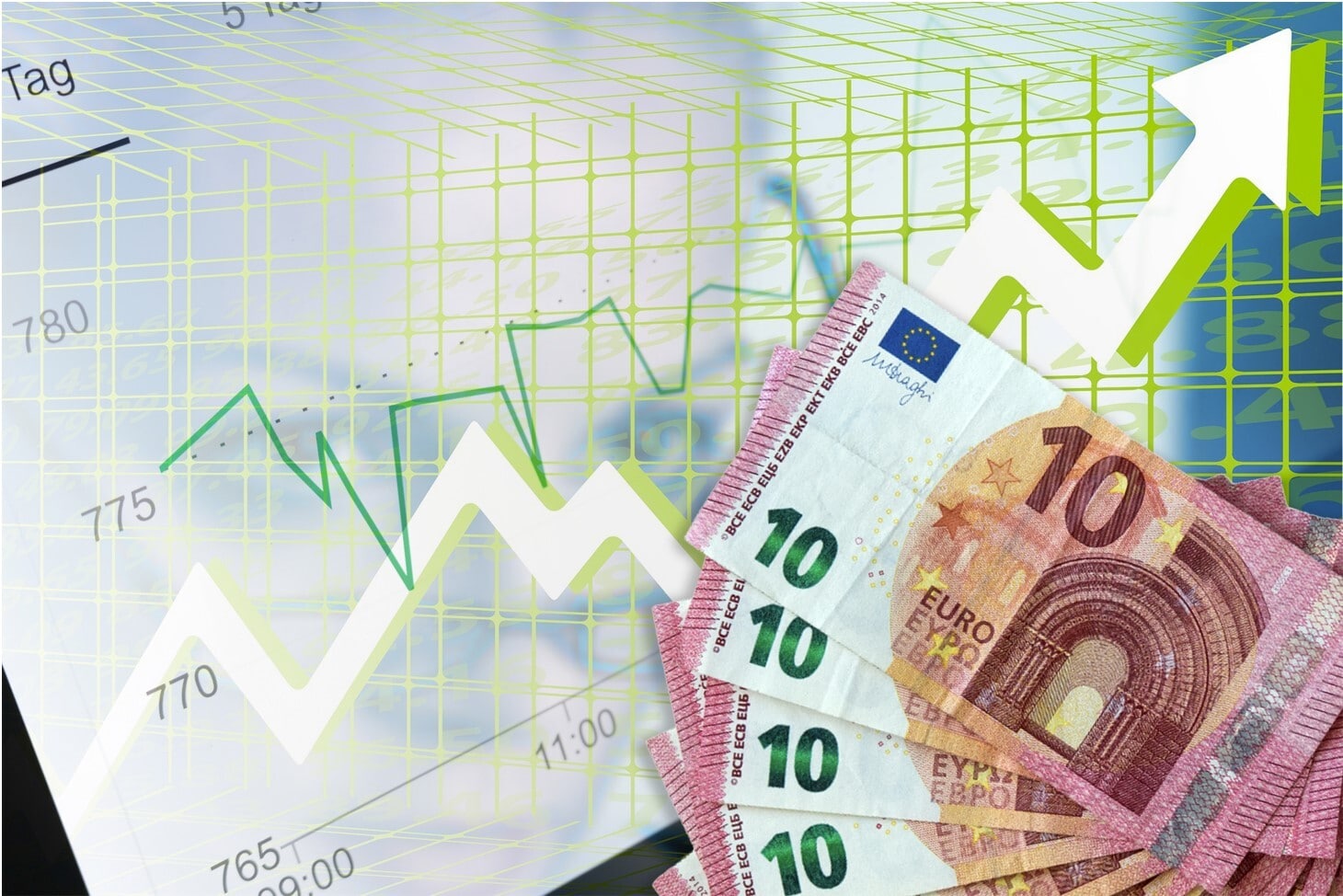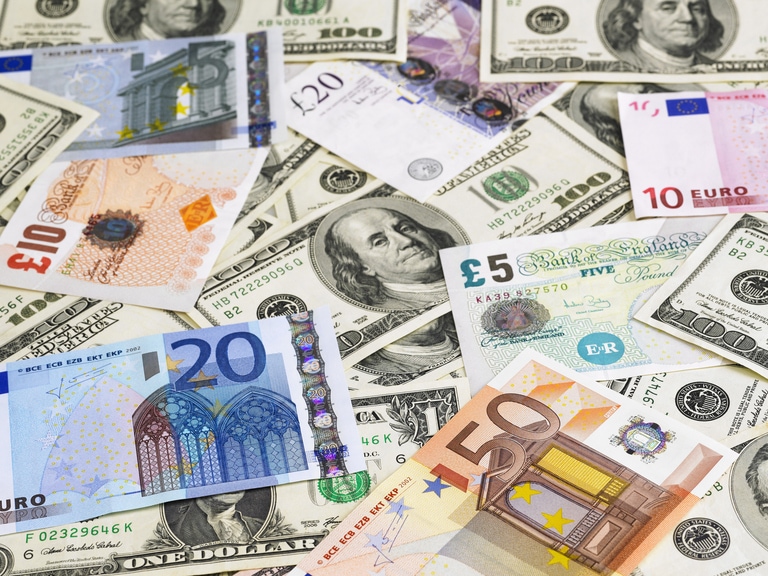European markets finished the day higher for the third day in succession yesterday as confidence continued to return after the upheaval of the last two weeks.
The DAX had a strong session closing at its highest levels in 2-weeks, led by a continued recovery in financials, while real estate started to see some buying interest creep back in, while yields have also started to creep back up again.
US markets also underwent a similarly strong session with tech stocks leading the recovery, while financials also continued to stabilise.
This week’s more orderly price action, as well as the modest gains seen this week appears to be settling nerves, however given that we are approaching the end of the month and the quarter, there is a sense and nagging doubt that we may well just be in the eye of the storm, before moving back into the outer wall of the storm next week, as we head into Q2.
The next few days are likely to be a key test of this stabilisation with some key US inflation data tomorrow, and next week’s US jobs data for March.
Before that we have the final iteration of US Q4 GDP which is expected to see a modest revision upwards to 2.8% from 2.7%, which would be a modest slowdown from the 3.2% seen in Q3. Core PCE for Q4 is expected to remain steady at 4.3%.
Given how weak consumer spending was in November and December it is perhaps surprising that the US economy held up as well as it did at the end of last year. The fall in personal consumption from 2.3% to 1.4% wasn’t a surprise, if anything it was surprising that it didn’t fall further, however the rebound in retail sales in January looks set to more than offset that when the Q1 numbers get released in the next few weeks.
We also have the latest weekly jobless claims numbers which despite all the recent reports of job cuts that have been announced still remain below 200k per week. This week we’re expected to see a modest rise from 191k to 195k.
Before that we have the latest flash Germany CPI numbers for March, which will be closely scrutinised, given the recent hawkishness expressed by both Joachim Nagel who is head of the Bundesbank and German ECB governing council member Isabel Schnabel.
The recent turmoil in financial markets has already introduced some modest tightening of financial conditions, with ECB President Christine Lagarde insisting the ECB remains committed to its price stability mandate.
Today’s headline German CPI number is expected to fall sharply from 9.3% to 7.6%, after unexpectedly edging higher in February. A sharp fall would be well received by some of the more dovish members of the ECB governing council, but also by financial markets who still have concerns that central banks might overtighten.
Nonetheless even with a sharp fall in headline inflation core CPI remains the major concern and this currently shows little sign of slowing, and it is here that the ECB’s main focus has shifted to, with tomorrow’s flash numbers the main focus now.
EUR/USD – continues to edge back towards the 1.0900 area which remains a key area given last week’s failure at 1.0930. Feels rangebound with support at the 50-day SMA at 1.0730, and a move through 1.0930 opening up the 1.1000 area.
GBP/USD – continues to edge higher, holding above the 1.2300 area, opening up the prospect of a retest of the 1.2450 area. We have support at the 1.2190/00 area, with a move below 1.2170 opens up the potential for a move towards 1.2020.
EUR/GBP – still has support at the 0.8770/80 area and the 100-day SMA. A break below here opens up the risk of a move towards strong trend line support at 0.8720, from the lows last August. On the upside we have trend line resistance at the 0.8870/80 area.
USD/JPY – has continued to edge higher with the next resistance at 133.20. Support now back at the 130.00 area. A move below 130.00 retargets the 129.30 area.






